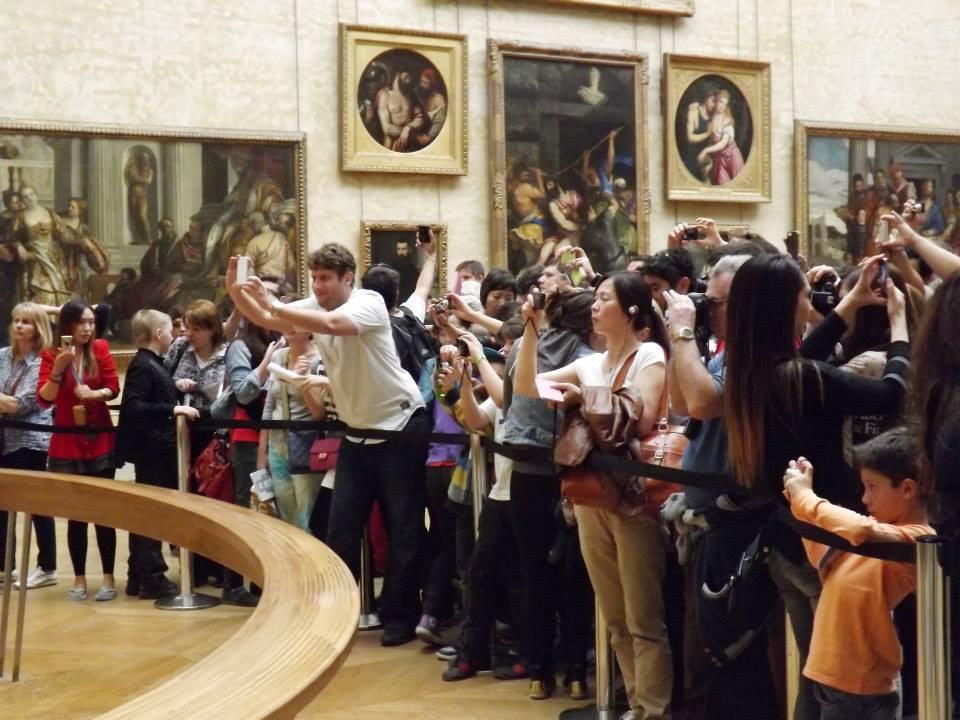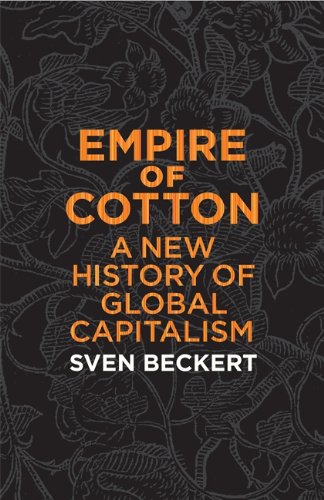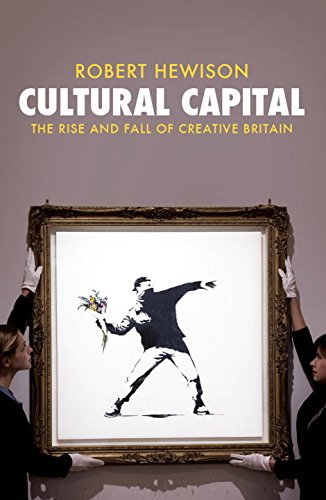Sven Beckert
Empire of Cotton: A new history of global capitalism Allen Lane 2014 £30
The title of this outstanding book should be reversed. It is a detailed and closely researched study of the cotton industry, but its importance lies in what it tells us about the development of global capitalism. Beckert doesn't engage directly with other accounts of global capitalism, but by looking a single industry - the leitmotif of the industrial revolution - he reveals a great deal that is pushed to the background by other scholars.
Beckert rehabilitates the notion of 'primitive capitalism', which he calls 'war capitalism'. Before new cotton-producing technologies, Europeans were committed to "armed trade, indiustrial espionage, prohibitions, restrictive trade regulations, domination of territories, capturing of labor, removal of indigenous inhabitants, and the state-sponsored creation of territories" (p. 53). The actual volume of trade was relatively low, but its significance was profound in reshaping global production and transforming social relations across the globe. We are accustomed to accounts of the growth of free markets that emphasise cultural and institutional factors; Beckert reminds us that the creation of the free market was underwritten by force.
But it didn't appear that way, because industrialisation took hold away from the sharpest edge of war capitalism. In the US, it was the north that industrialised, with its free labour, rather than the slave-dominated south. Globally it was freer countries in western Europe that industrialised, rather than the more brutally militarised slave holding societies like Brazil and Cuba. Their slave economies "concentrated capital, labor, and entrepreneurial talent on plantations, limited the size of markets, made the region unattractive to European immigrants, and did not force white yeoman farmers into wage work (unlike, say, in New England and the Black Forest)" (p. 171). Cheap cotton imports from the UK also destroyed the indigenous cotton industry in India, undermining state capacity and economic potential.
Beckert's analysis of Indian cotton production relative to American is perceptive. The British were frustrated by their failure to promote production on the scale of the vast monoculture in the American south, but it can be explained by specific conditions in India - particularly the relative abundance of labour but scarcity of capital. Indian producers were responding rationally to different incentives. His explanation is clear and convincing, one of many fascinating points of detail.
The book is well written and meticulously researched. The footnotes are exemplary, and have sent me off to pursue lots of interesting references. But the narrative is lively and engaging, and an important corrective to excessively panglossian accounts of the development of capitalism.
Mark Greif
The Age of the Crisis of Man: Thought and fiction in America, 1933-1973 Princeton University Press 2015
This impressive book digs into a neglected period in the history of ideas, but one that I've long thought under-rated and unjustly neglected. Greif approaches through the trope of 'crisis of man' that was portentously agonised over. Through depression, fascism and war it seemed that something had gone very wrong with civilization, and public intellectuals of the time were inclined to look for causes in human nature itself. Unfortunately this theme does the period no favours; Greif has chosen to focus on some of the worst thinking of the period.
Greif is sensitive to the historically specific ways that ideas were deployed. An interest in universal history seems to hark back to the enlightenment, but in the 'crisis of man' years it was linked to a search for what went wrong, trying to identify the turn where civilization went bad. Like the best intellectual history, Greif is strong on context and explores the links between ideas that are often analysed separately. The book is heavy-going in parts, and demands a degree of familiarity with debates in intellectual history, but is rewarding and revealing.
I must defer to Greif's encyclopaedic knowledge of the period, but I raised a sceptical eyebrow at his assertion that Boasian cultural relativism was marginalised, and human rights discourse ascendant in the 1940s. My perception is that human rights talk took off much later, but that cultural relativism gained stature earlier. By the 1960s people found the crisis of man literature unhelpful, its promise unfulfilled. It looked to them, as it does to us, overgeneralised and contradictory. But in turning away from the crisis of man discourse, the 1960s continued a trend away from human subjectivity and universal humanity. The fractured politics and fractious theories of our age avoid some of the absurdity of 'crisis of man' talk, but I for one wish we could regain something of the universal and transcendent.
Greif's typology of political ideas today rests on a division between justice and liberation, human rights discourse versus radical theory. I think that's a helpful distinction at the theoretical level, but I question its import in practical politics. It seems to me that advocates of human rights often ground their beliefs in decentred theory rather than natural law. And scratch the surface of even the most cynical poststructuralist and you'll often find a political adherence to the human rights agenda, even if ungrounded. Rortyian pragmatism rules in practice, even if not always in theory.
Greif fears the re-emergence of crisis of man talk in the context of environmental politics, wisely concluding that asking questions like "who we fundamentally are" is the wrong question that will lead to preprogrammed answers. The crisis of man discourse will "rule and regulate what is thinkable, what must be spoken of and genuflected to, collecting participants and legitimacy rather than accomplishing consequential thought" (p. 328-9). Amen to that!
Tamás Krausz Reconstructing Lenin: An intellectual biography Monthly Review Press 2015 £63.53
Lenin is another under-rated and under-read thinker, victim of cold warriors who can't distinguish his thought from Stalin's later actions. Krausz gives other biographers short shrift, rightly saying that they are more illuminating of their authors' prejudices than their subject's thought. This book is sympathetic to Lenin, from the Lukacs/Meszaros tradition, and he really captures Lenin, putting his thought in an intellectual and a political context. It's much the most sophisticated study of Lenin that I've read.
Krausz notes that "it would be the quintessence of ahistoricity if we were to overlook the fact that the personality under discussion was a revolutionary politician for whom science and theory were tools for the realization of political and social goals" (p. 180). And Krausz understands that project well, and sensibly resists discussing too much the subsequent debates about Lenin's legacy within the left and the right. Those debates are still of some minor historical interest, but they have played out and history has moved on.
The quotation also encapsulates the bad in this book. Although it is well structured, the writing doesn't dazzle. The ideas bring it to life, but the style is sometimes deadening. But the ideas are still exciting and remain relevant for an understanding of twentieth century political thought, and for an understanding of certain newer debates now that thinkers like Zizek are drawing on Lenin once more.
There's a lot of rather conventional and familiar history in this book, and a lot of the personal narrative was unilluminating. But there are some real insights too. Friedman is an old-fashioned realist schooled in geopolitics, and with Germany resurgent and Russia bellicose it is perhaps time to reassess some of these old insights. I thought his anecdotes on German culture were particularly acute ("a Saturday night in Berlin will introduce you to some of the more bizarre ways a human being can live", p. 154). And the book is a solid guide to some old and intractable tensions that are perhaps more salient than we've come to believe.
I ought to have liked this book. I share Alvesson's concern with the consumerist ethos that has come to pervade education, and the guff that's written about business management. But the book's structure is over-determined and despite agreeing with much of the argument, I didn't learn much from it. He's also too uncritical of sources that support his claims, such as the study showing that most students don't improve their writing skills over their degree. Alison Wolf's book
Does Education Matter? covers much of the same ground much better. And Lucy Kellaway's
FT column is better and more entertaining on corporate stupidity and philistinism.
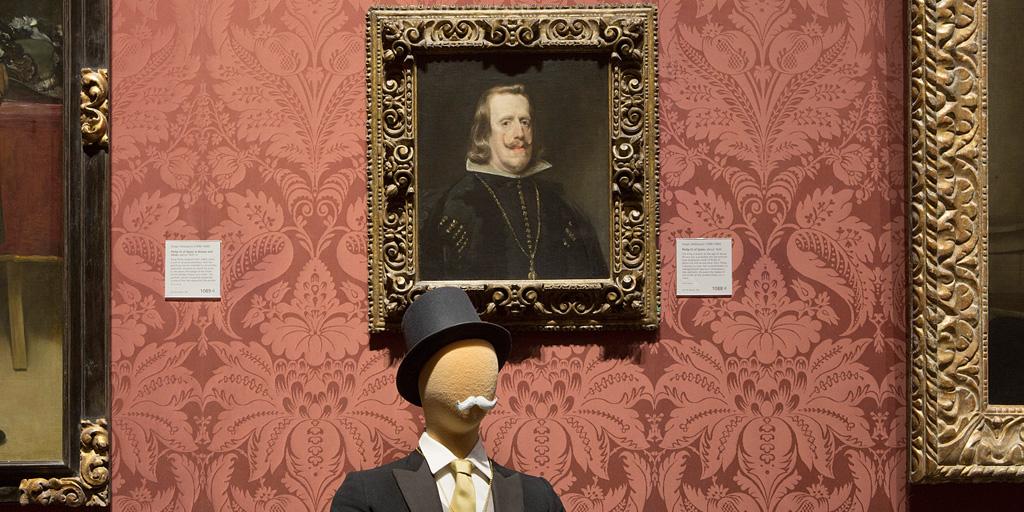
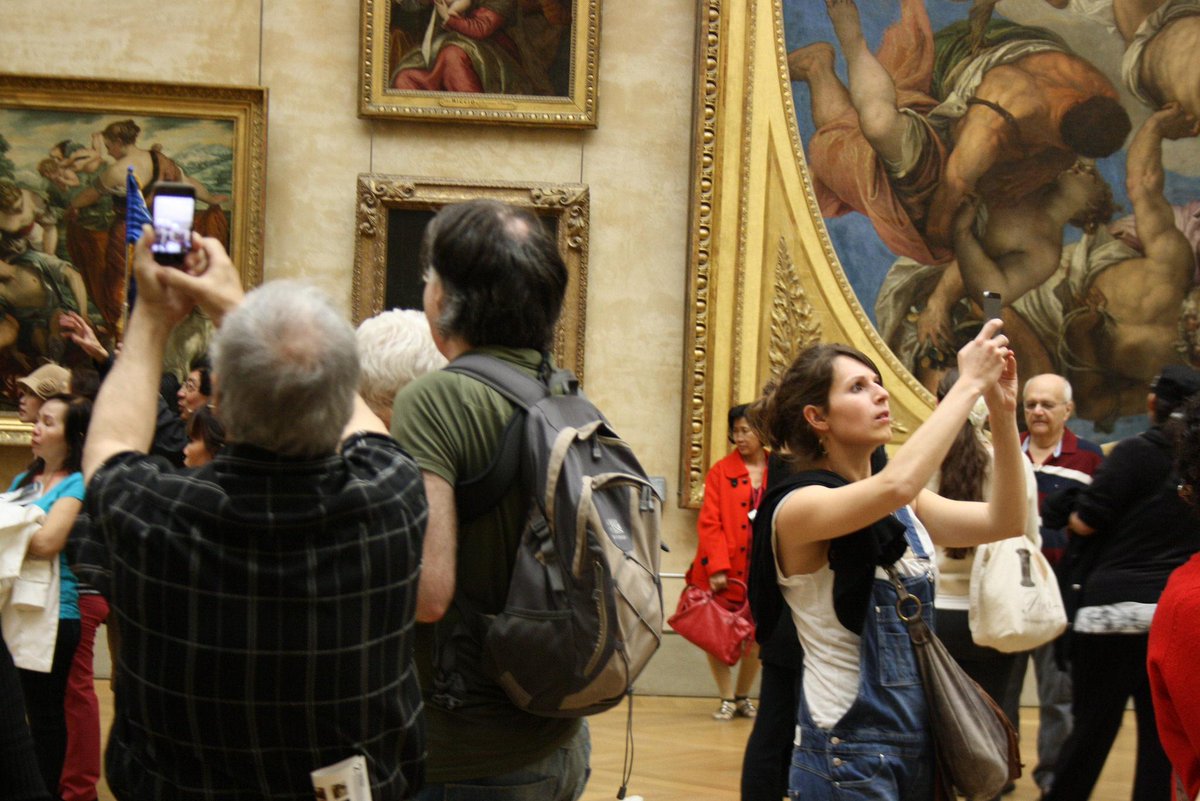 The icon of all that's worst about the modern museum is the image of photo-wielding crowds in front of the Mona Lisa. But now even this is turned around and presented as virtue. These pictures were tweeted by the Louvre itself, celebrating the idea that a picture can be like a celebrity. Rather than see this impoverished experience for what it is, we are told to enjoy it as if we are taking the role of the paparazzi. Playing at being a celebrity photographer is elevated as the highest ideal of the modern commodified museum visit.
The icon of all that's worst about the modern museum is the image of photo-wielding crowds in front of the Mona Lisa. But now even this is turned around and presented as virtue. These pictures were tweeted by the Louvre itself, celebrating the idea that a picture can be like a celebrity. Rather than see this impoverished experience for what it is, we are told to enjoy it as if we are taking the role of the paparazzi. Playing at being a celebrity photographer is elevated as the highest ideal of the modern commodified museum visit. 